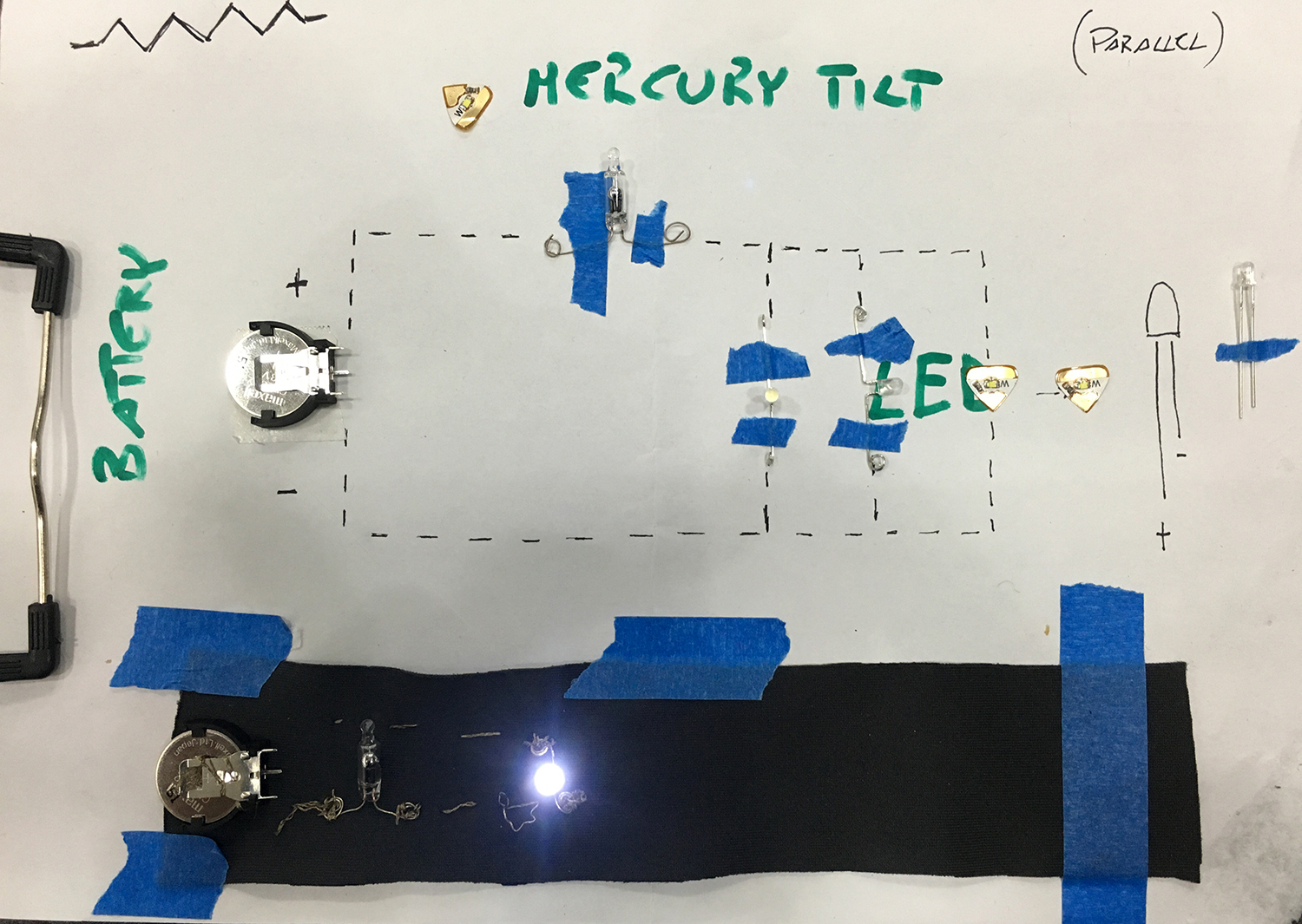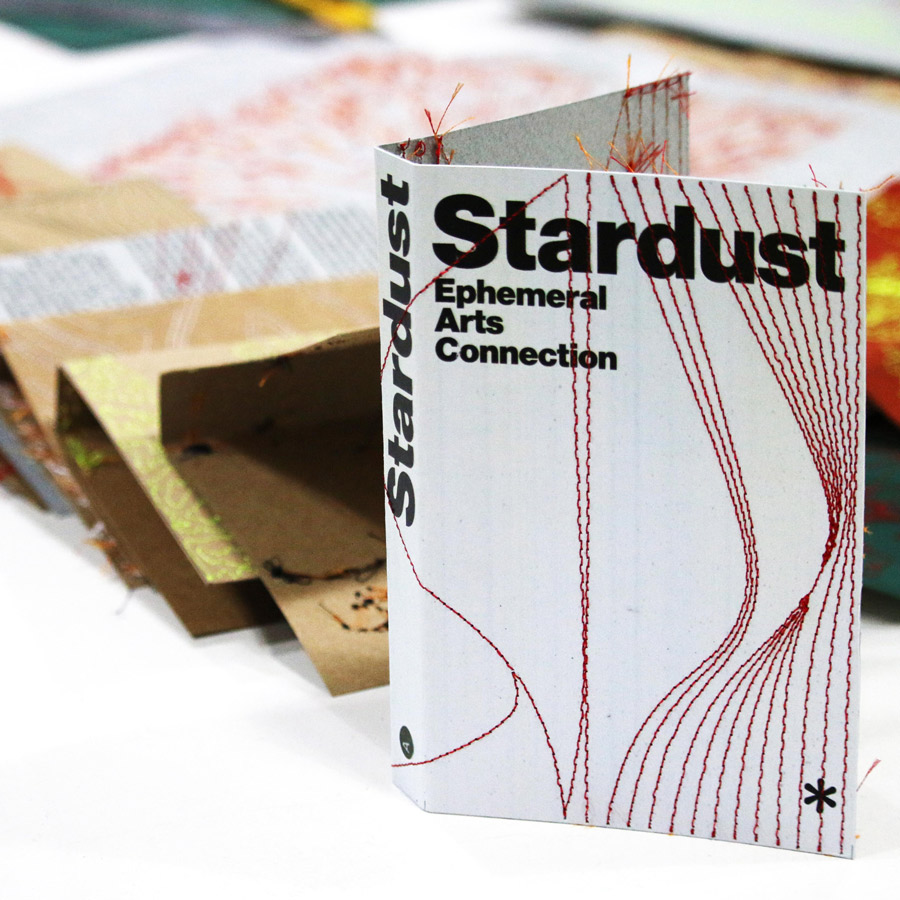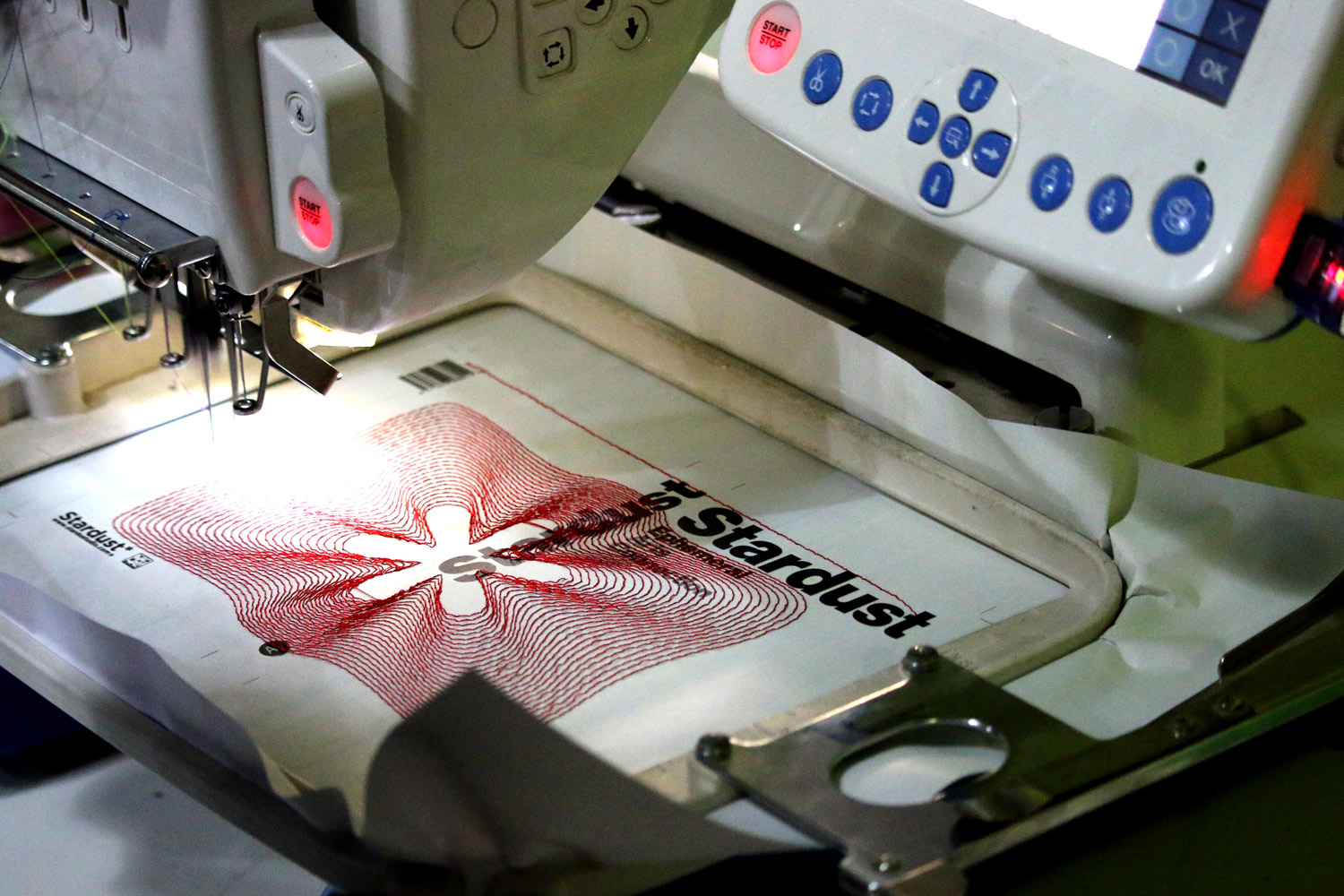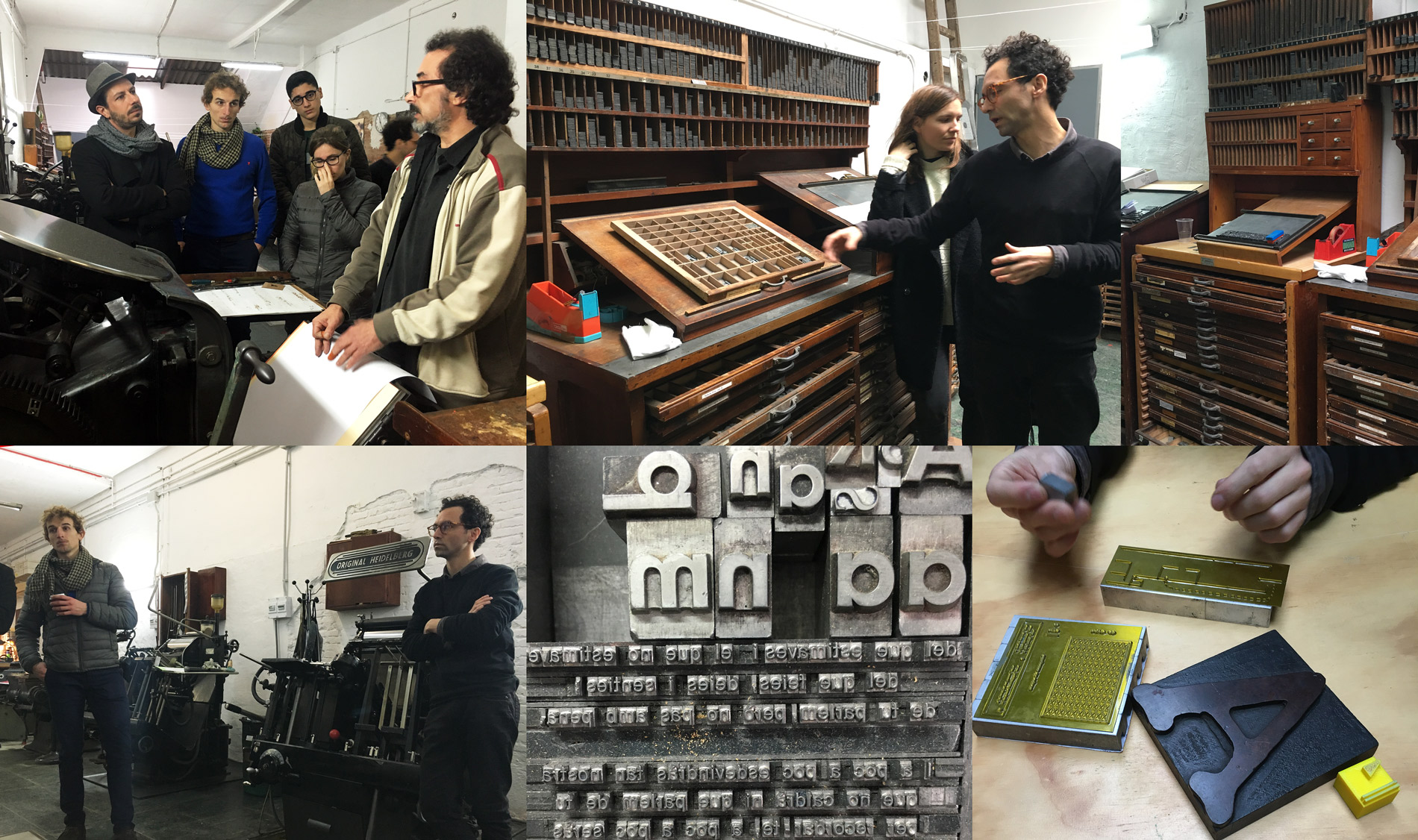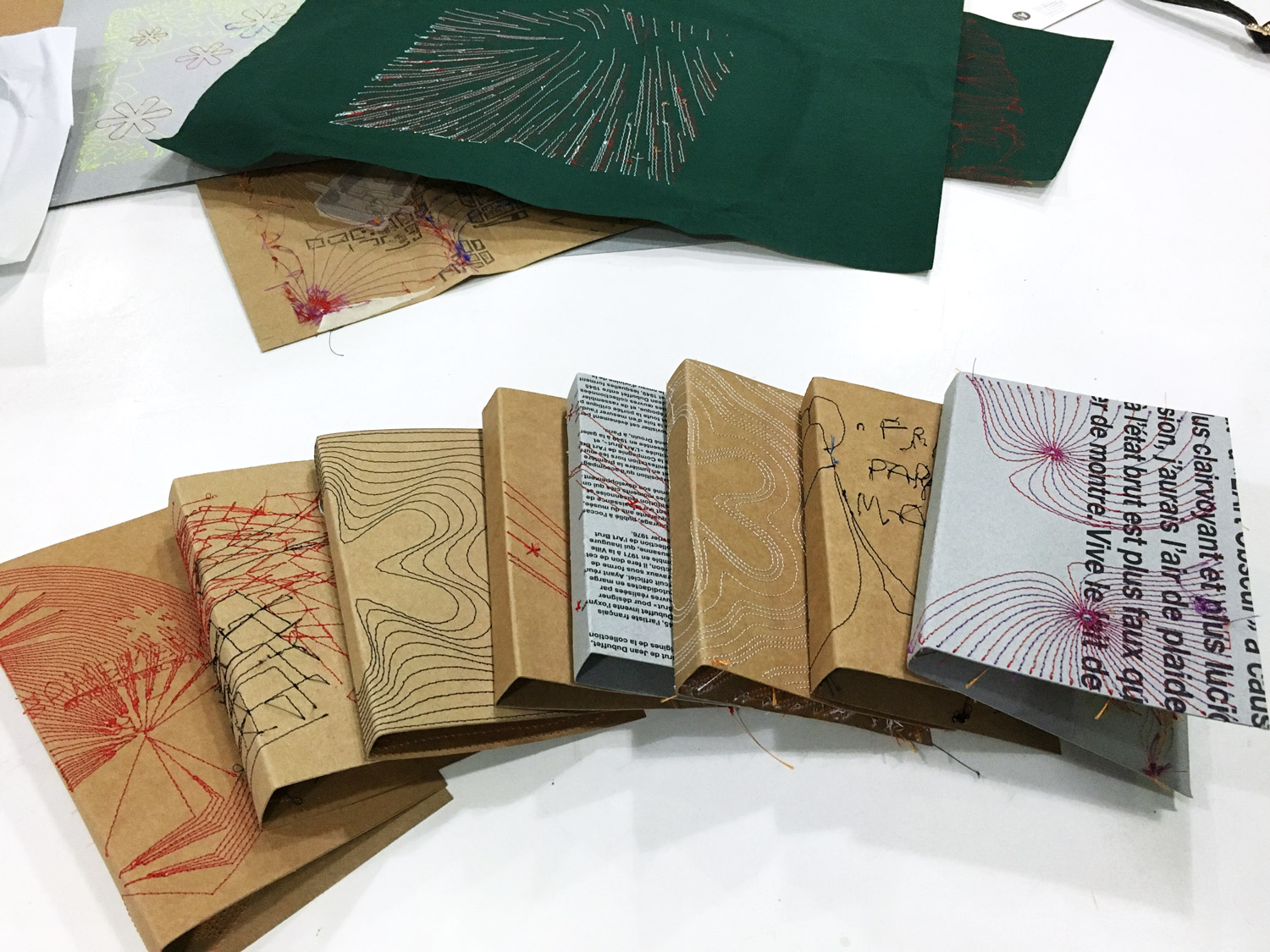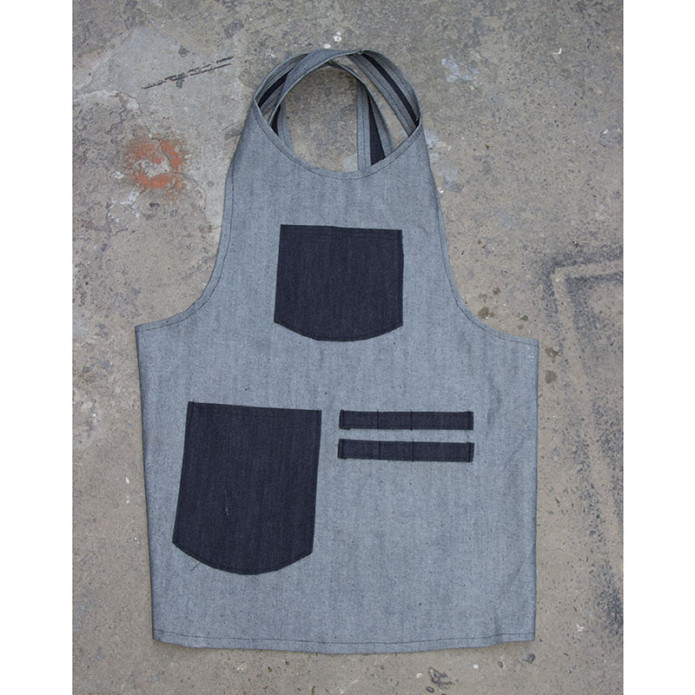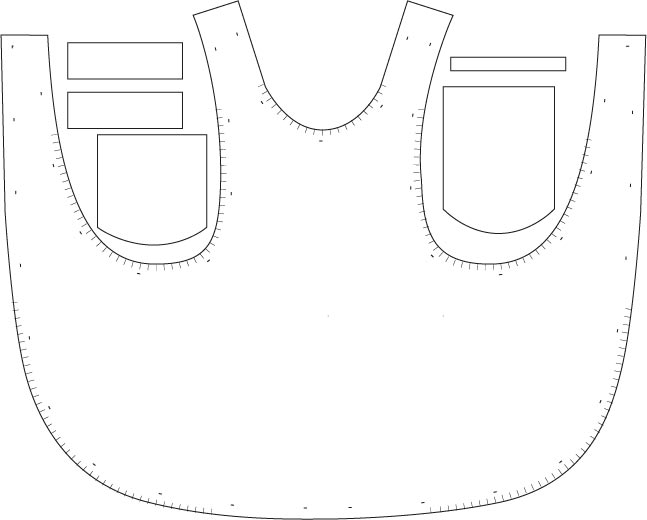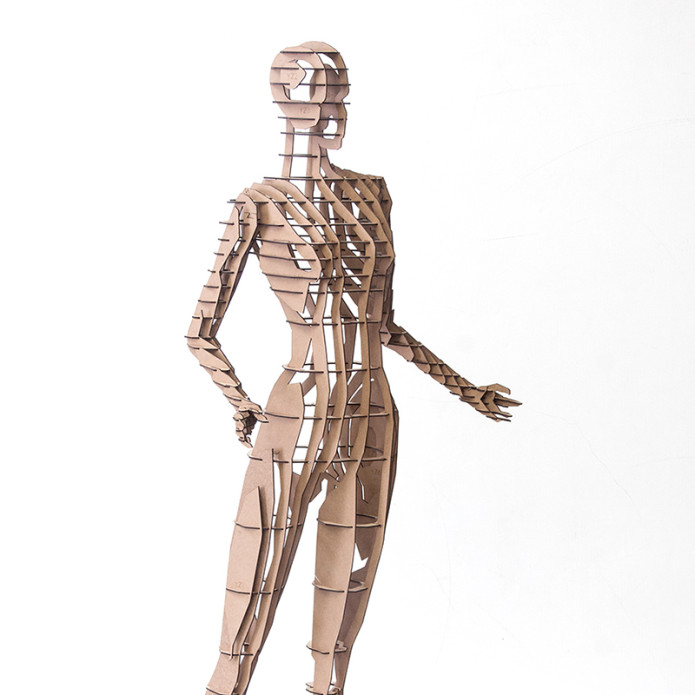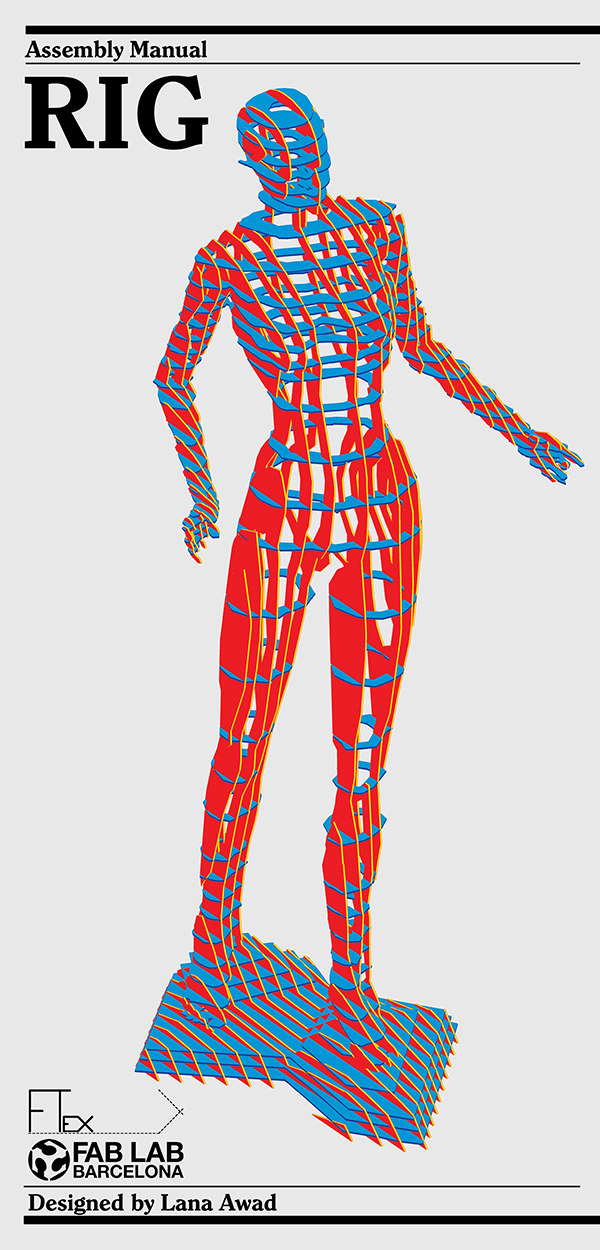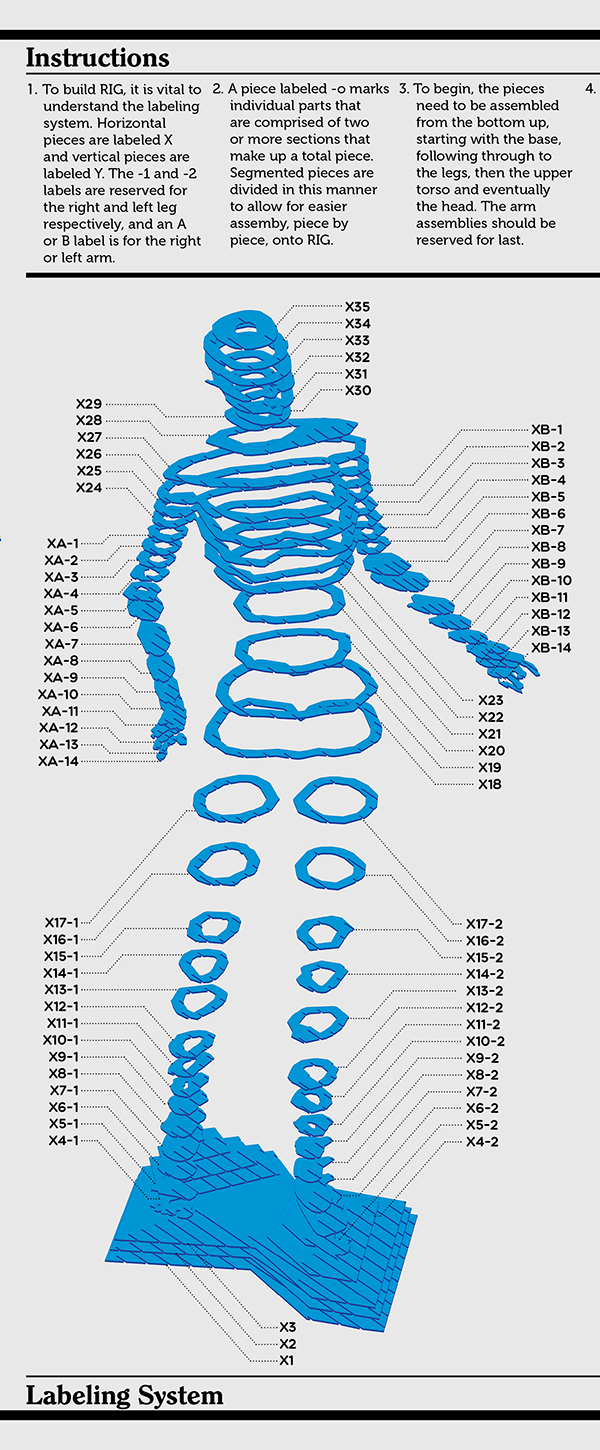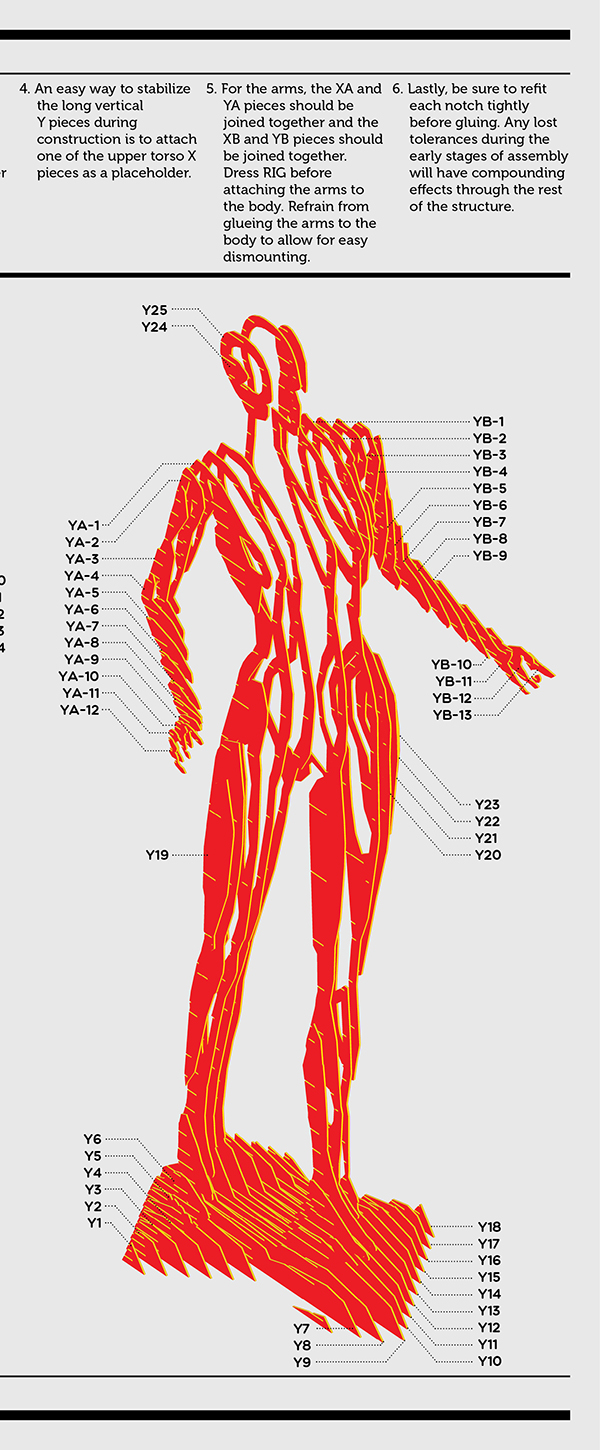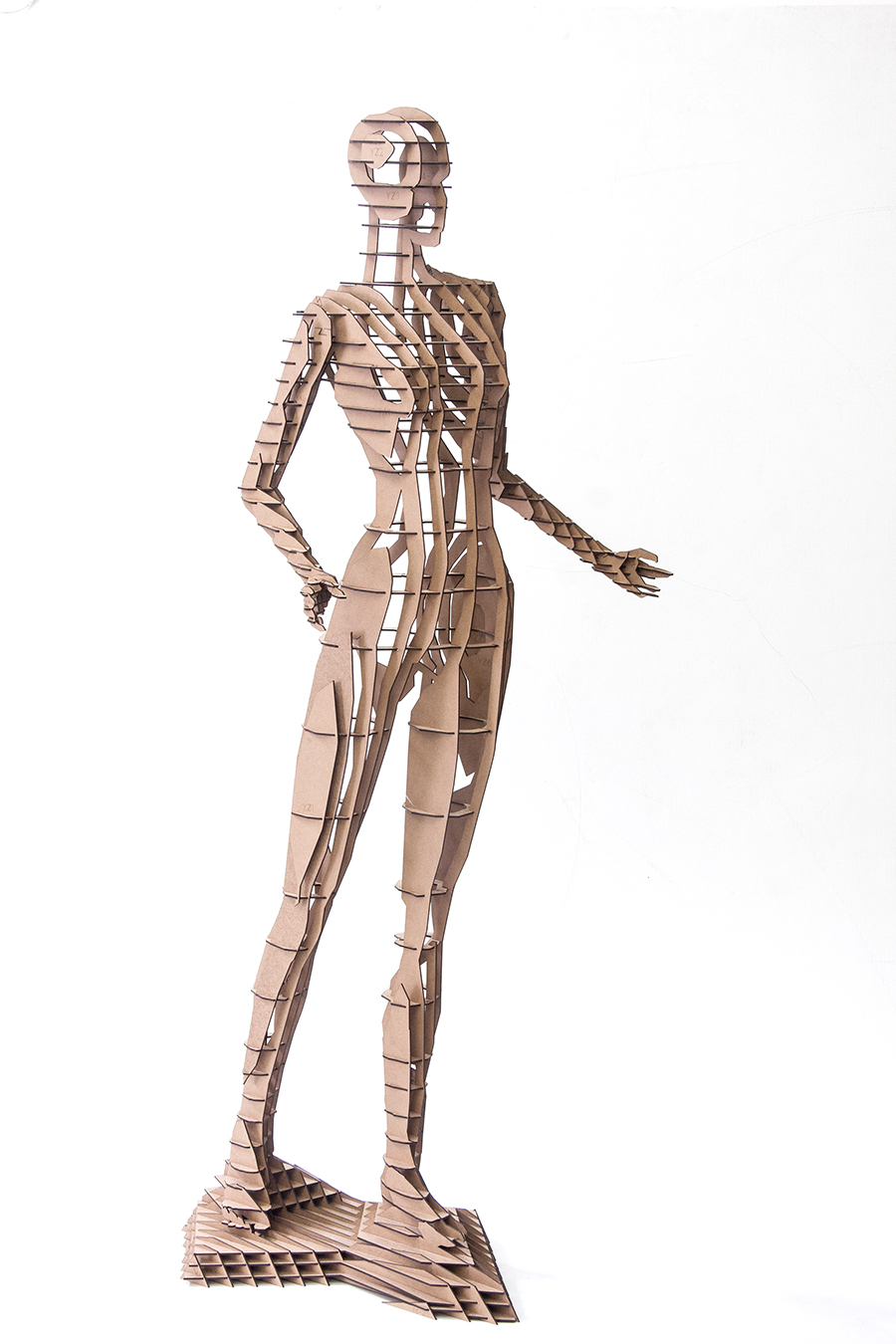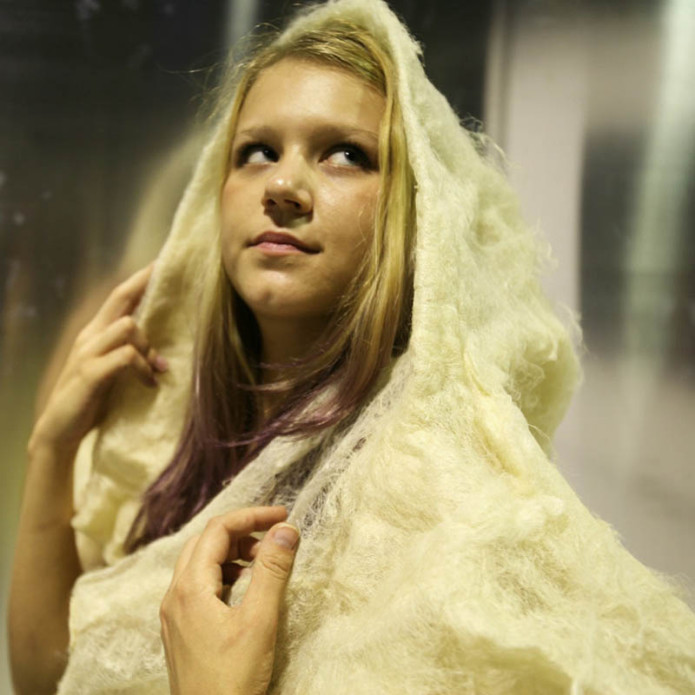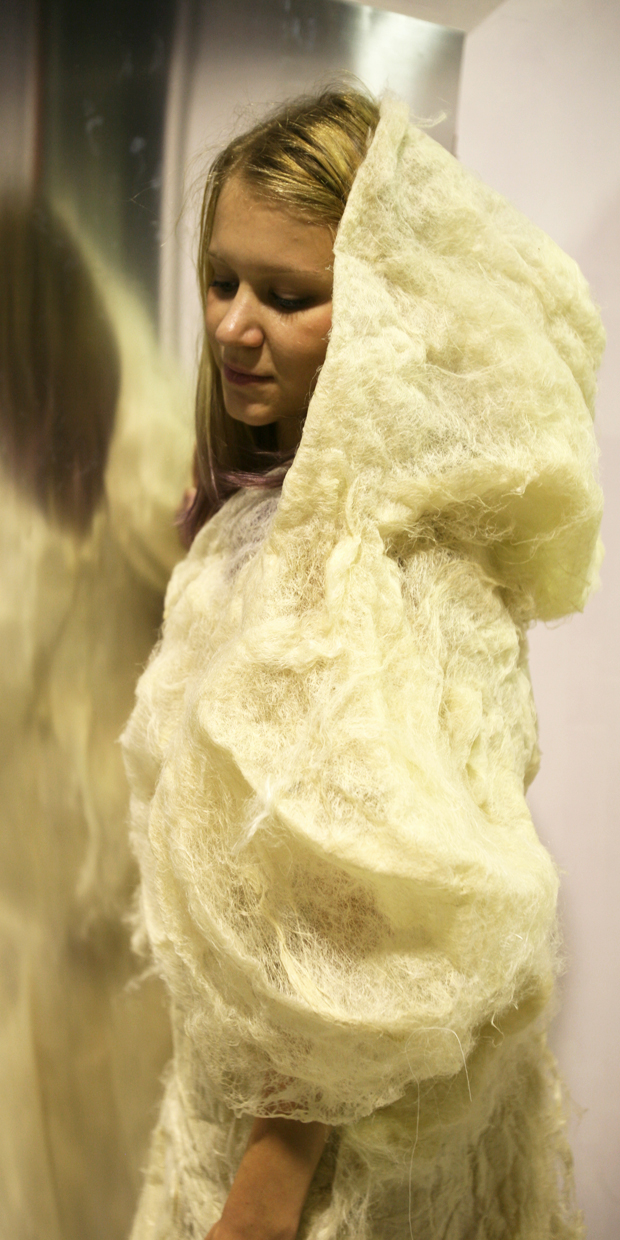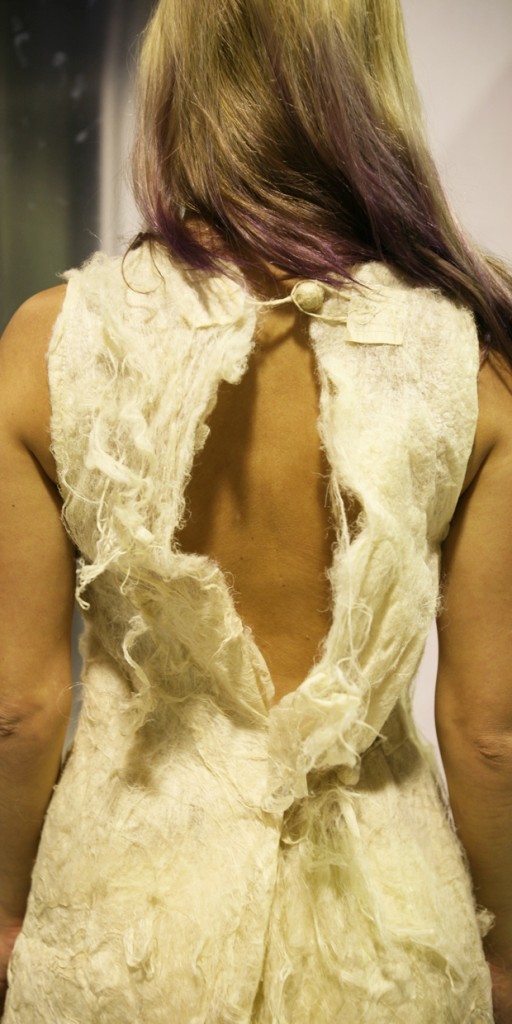This tutorial gives an insight into the correct choice for fabric and appropriate 3D geometries that give properties to the soft structure.
iaac
Fab Textiles Bootcamp
This tutorial gives an insight into the correct choice for fabric and appropriate 3D geometries that give properties to the soft structure.
Ephemeral Arts Connection workshop
When Stardust* founders Francesco Ducato and Carla Athayde came up with the idea of publishing a book with 2000 unique covers, I imagined that somebody had told them to reach out to me and that I would say YES to this challenge. Their idea was to use the concept of “connecting” to generate patterns that would be embroidered with the digital embroidery machine that we have at Fab Lab Barcelona.
The book is going to be published by ACTAR publishers and with the expertise of Ricardo Devesa we are inserting a custom, unique digital fabricated method into the normal industrial production of binding and printing books, maintaining the costs and making a proof of how digital fabrication is opening up possibilities in the current industry.
The workshop was full of various inputs for the participants, with all partners presenting their work, Fabtextiles, Stardust*, Actar and also Maximiliano Romero from Phyco.Lab in Milan talking about Data flows in Digital Fabrication and Bea Goller, talking about her research on sonification of architecture.
The second day there was a very interesting visit at L’Automatica where Ariadna Serrahima & Diego Bustamante talked to us about their collective, that recovered an old letterpress printshop and converted it to a local social hub for experimentation, learning and small scale production.
The theme of “connecting” was elaborated by investigating several methods and themes:
Computational Couture @Beyond
Last May 19th to 22nd, in the context of the International Construction faire Construmat and within the Pavilion of Innovation, IaaC|Fab Lab Barcelona runned the Computational Couture workshop.
The Computational Couture workshop focused on expanding the horizons of dress making towards an algorithmic approach, and taking design beyond the physical functions of the body (movement, protection, temperature regulation) towards the evolution of cultural expression.During the workshop participants coming from different backgrounds had the possibility to work in a multidisciplinary context to co create this custom fitted clothing that brings together computation, fashion design and digital fabrication.
Computational couture looks at the creation of exclusive custom-fitted clothing (typical of haute couture) through the lens of a systemic approach, extending the sartorial techniques with 3D modeling and computation-based approaches developed in Rhinoceros and the visual programming environment Grasshopper.Aim of the workshop is to exert, infuse and expand the sartorial sensibilities to body proportions and dress making into an algorithmic approach that loops through design and fabrication by means of laser cutting and 3d printing for the design and production of a garment.
Tutors> Alessio Erioli, Anastasia Pistofidou, Lidija Stanojcic
RIG mannequin
RIG is a digitally processed and fabricated mannequin designed for ¨Fab-Textiles Showcase¨ during the Fab10 international conference in Barcelona.
The design for RIG is an exploration into the creative potential of mannequins as tools for exhibiting and work with. RIG is a manifestation on how tools should be rethought, redesigned, and reimagined. As one walks around the waffle structure, the perspective of three-dimensionality makes the volume of the RIG appear and disappear. From the side, the physical representation of the human body is defined, yet as the visitor moves towards the front of the mannequin, the body slowly disappears, allowing the clothing to properly showcase itself.
For the digital design process, the software 123d Make was used to generate the waffle structure, where you can find all the files. Each section of the mannequin required a different waffle density depending on the structural requirements and resolution of detail required. These varying strategies were applied to the right arm, the left arm, the torso and the base and then compiled into Rhino to adjust the overlapping conditions. In total, 15 mannequins were produced with each RIG consisting of 184 unique pieces lasercut out of 3mm MDF.
Credits: Fab Lab Barcelona
Design: Lana Awad
Fabrication: Lana Awad, Drew Carson, Anastasia Pistofidou
Special thanks to: Carmen/Ece/Andrea/Sebastian/
Photography credits: Thiago Kunz
Fashion design exploration with Natural hemp fibers
The Barcelona Fab textiles based in the Stigmergic Fibers (A new approach to material behaviour) designed by Jean Akanish, Jin Shihui , Alexander Dolan and Ali Yerdel in the Master for Advanced Architecture (IAAC 2012-2013_ Digital Tectonics – Fabrication Ecologies) is working in a new technology for fashion design related with natural hemp fibers.
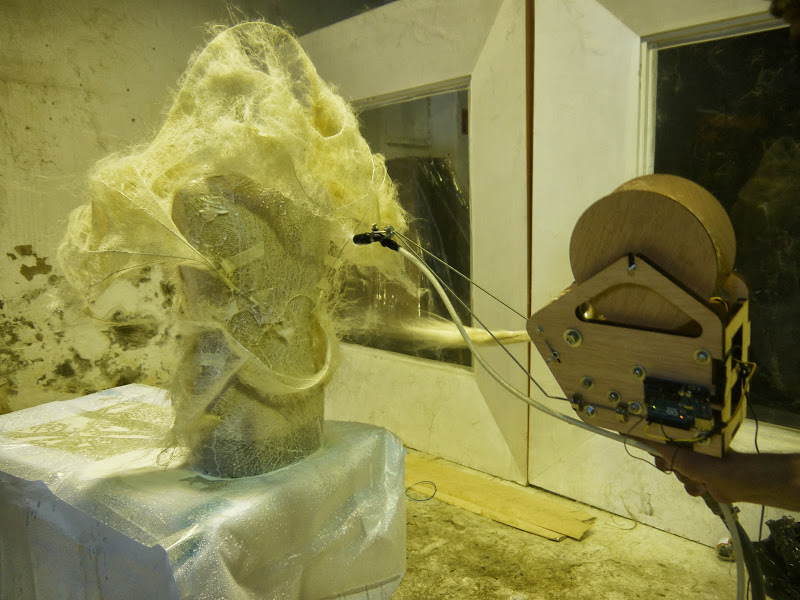 This material is a non-woven material that allows applications without sewing on structures allowing continuity and multiple densities.
This material is a non-woven material that allows applications without sewing on structures allowing continuity and multiple densities.
Using natural hemp fibers and white glue, the application on wearables opens new concepts in fashion design based on ecological concepts.

______________________________________________________________________
Watch the video about the process in the next link:
Video of the exploration process.










